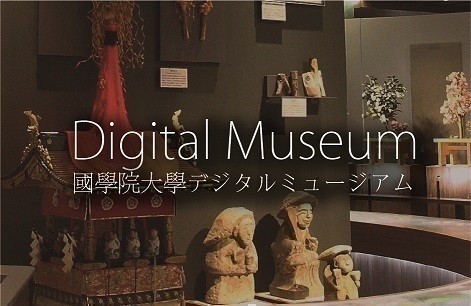- トップ
- Encyclopedia of Shinto
- Soshindō
Encyclopedia of Shinto
| Main Menu: | |
| Links: |
詳細表示 (Complete Article)
| カテゴリー1: | 8. Schools, Groups, and Personalities |
|---|---|
| カテゴリー2: | Modern Sectarian Groups |
| Title | Soshindō |
| Text | A Shinto-derived new religious movement that arose focused on Matsushita Matsuzō (1873-1947), a spirit medium (reinōsha) active from the Taisho era (1912-26) to the World War II period. Subject to chronic illness, Matsushita had possessed deep faith from a young age and had actively visited temples and shrines. In time people asked him to perform spiritual healing rituals for them. On August 7, 1919, while praying in front of a shrine, he vomited blood, and this event proved to be a turning point in his life, as he became conscious of his own spiritual power, and the "four great ways" (shidaidō) were revealed to him. The four great ways were the virtues of loyalty, filial piety, reverence for the kami, and venerating the ancestors, virtues incumbent on all human beings by their very nature to follow. From that point on Matsushita developed his spiritual powers by what was called "practice on the tatami mat (tatami no ue no shugyō)" which involved continuous invocations from morning until night. As a result Matsushita attracted large numbers of people drawn by his spiritual power, and he came to be known as the "living kami of Nagasu" (Nagasu no ikigamisama). In the early Showa era (i.e., late 1920s) Matsushita built a new shrine, inaugurated the secret salvific ritual known as tekazu ("the raising of hands"), and his religious name was set as Oyagamisama (lit. "revered parent kami"). In 1931 an article about Matsushita was published in the November edition of the women's monthly Shufu no tomo, and this publicity had an immense impact on Matsushita's popularity, resulting in visits even from overseas guests; a bus line was even added from Nagasu station listing "Kamisama" as its final destination. Each day Matsushita continued to expound on the "four great paths" (shidaidō) to those who visited him, instructing them on how to perform religious practice in everyday life and, when requested, performing the spiritual healing ritual of otekazu for them. From 1933 on, Matsushita sought meetings with world religious teachers and well-known figures toward the end of realizing world renewal. However, despite visiting Tokyo for this purpose, he was unsuccessful in his attempts and died in 1947. Soshindō was briefly allied as a branch church with Izumo Taishakyō, but this association helped little in terms of organizational development. After Matsushita's death his eldest son Matsuo succeeded to the leadership of the group. At present, Soshindō does not engage in any active proselytization, but still publishes books describing the movement's practices and doctrines. In addition, various influential disciples and supporters have established their own independent religious groups, including Yoshioka Tajūrō, who founded Soshindō Kyōdan; Nagahashi Yasuhiko (Shidaidō); Hachiro Fukuji (Ten'onkyō); Honjō Chiyoko (Shinri Jikkō no Oshie); and Fujimoto Asao (Soshindōkyō). Headquarters: Kumamoto Prefecture Nominal membership: approximately 550 (M) —Yumiyama Tatsuya |




